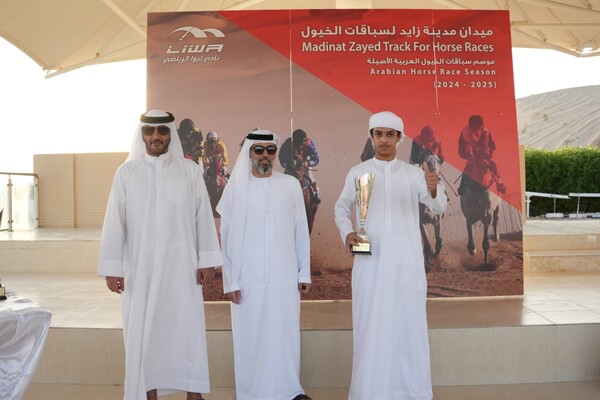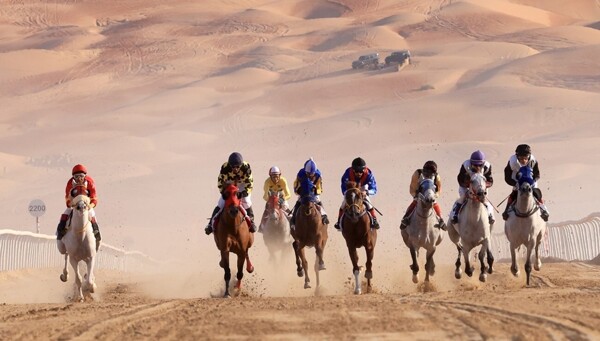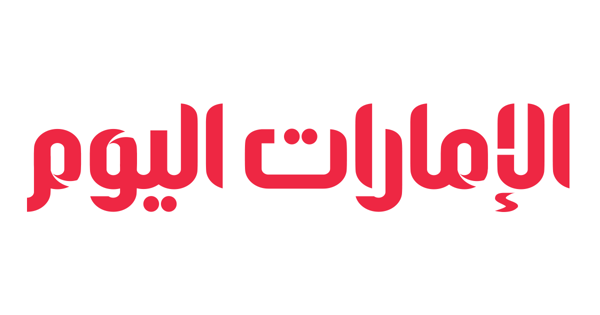
The events in Al-Dhafra represent a unique platform for showcasing traditional crafts and their beauty, as well as for supporting the wealth of cultural heritage that the country possesses. At the traditional market, exceptional artistic creations made by masters are presented, reflecting the essence and creativity of the UAE.
One of the important aspects of living cultural heritage is the diverse equipment of the artisans, competing in the art of craftsmanship. They prepare various types of products, such as "zuara" and "mehayba", and "shamal", where each item tells its own story from the past and illustrates the details of the everyday life of ancestors.
Heritage distinguishes itself by its atmosphere, full of life, where artisans demonstrate their creativity at the traditional market, dressed in traditional clothing, adorned with jewelry pieces that convey the history of emirate identity.
--- Fatima Al-Amri, a specialist in the production of "zuara" and "mehayba", explains that "zuara" and "mehayba" are inseparable parts of the equipment made from the fibers of the weevil, used for fastening a saddle on the spine of a living animal. "Zuara" is made from goat hair or woven fabric, while "mehayba" is a wide fabric, used to protect the weevil's spine during travel.
Maryam Mubarak, a specialist in the production of "shamal", notes that "shamal", made from goat hair or sheep's wool, is used for protecting the weaving of the weevil and regulating the milking process, emphasizing that this crafted item has a deep connection to the surrounding environment and embodies the values of endurance and strength.
Maryam Al-Mazrui demonstrates the process of making "khana", saying that this fabric, made from goat hair fibers, is used for securing the weevil during the loading or unloading process, highlighting the importance of passing this heritage to her daughters to preserve their ancestral traditions.
The events in Al-Dhafra aim to strengthen the sustainability of the emirate's heritage through support for social activities that reflect the identity of the region. Through craftsmanship and their stories, the festival comes alive as a living symbol of the preserved emirate's heritage and its role in strengthening national identity, as well as passing it on to future generations.
In the context of the festival, the appreciation of heritage becomes not only a simple acknowledgment but also a living experience, narrating the histories of the past and illuminating the paths of the future. Emirati heritage remains an inspiring beacon for future generations.
The concluding stage of the 18th session of the festival in Al-Dhafra continues in the city of Zayed until January 30 under the aegis of Abu Dhabi's heritage. The Abu Dhabi organization for heritage aims to highlight Abu Dhabi's role in preserving and supporting local and Arab cultural heritage on a global level, as well as strengthen the emirate's identity and cultural values in society through documented cultural practices in conjunction with strategies for maintaining and protecting the cultural heritage of the Emirate of Abu Dhabi.













